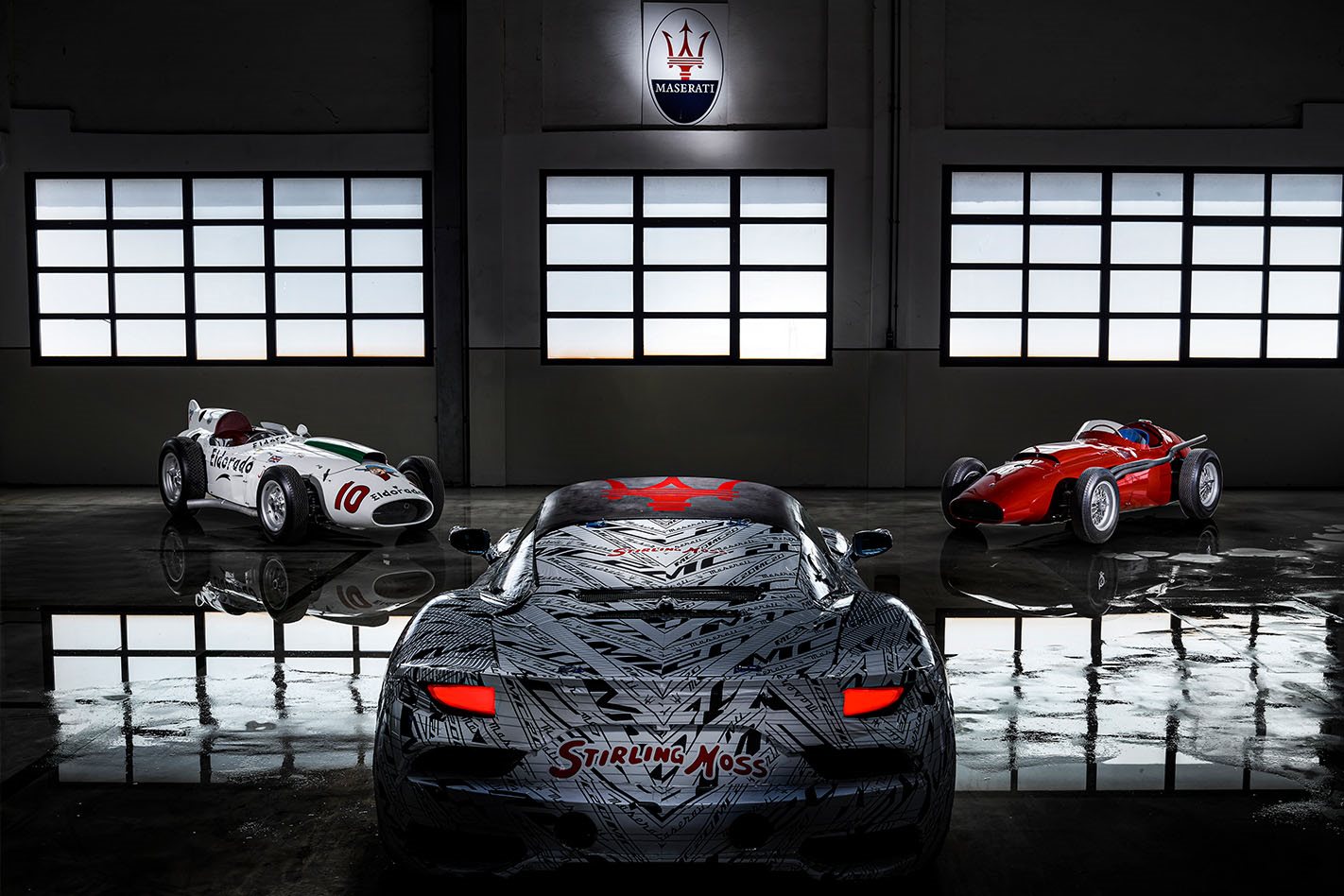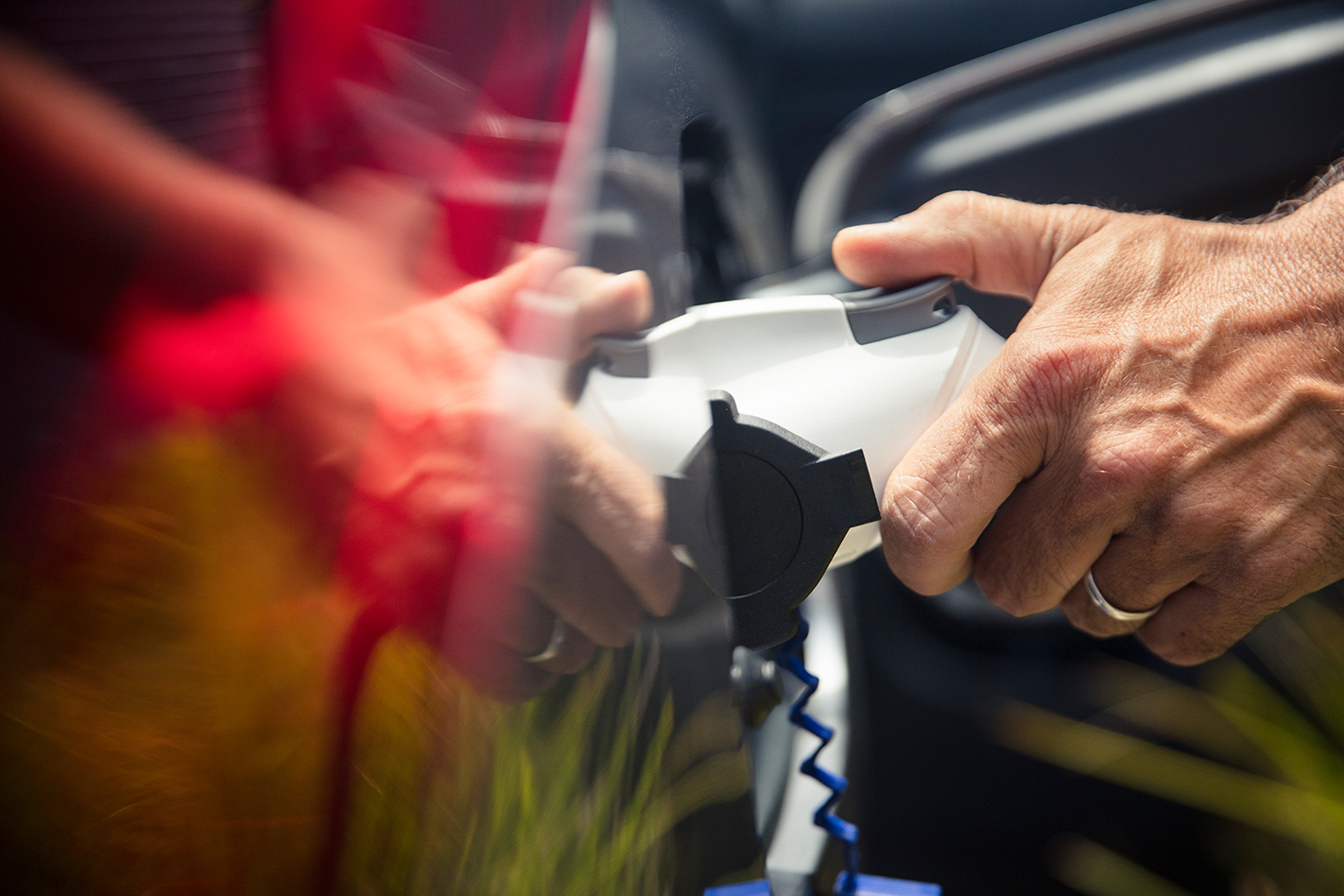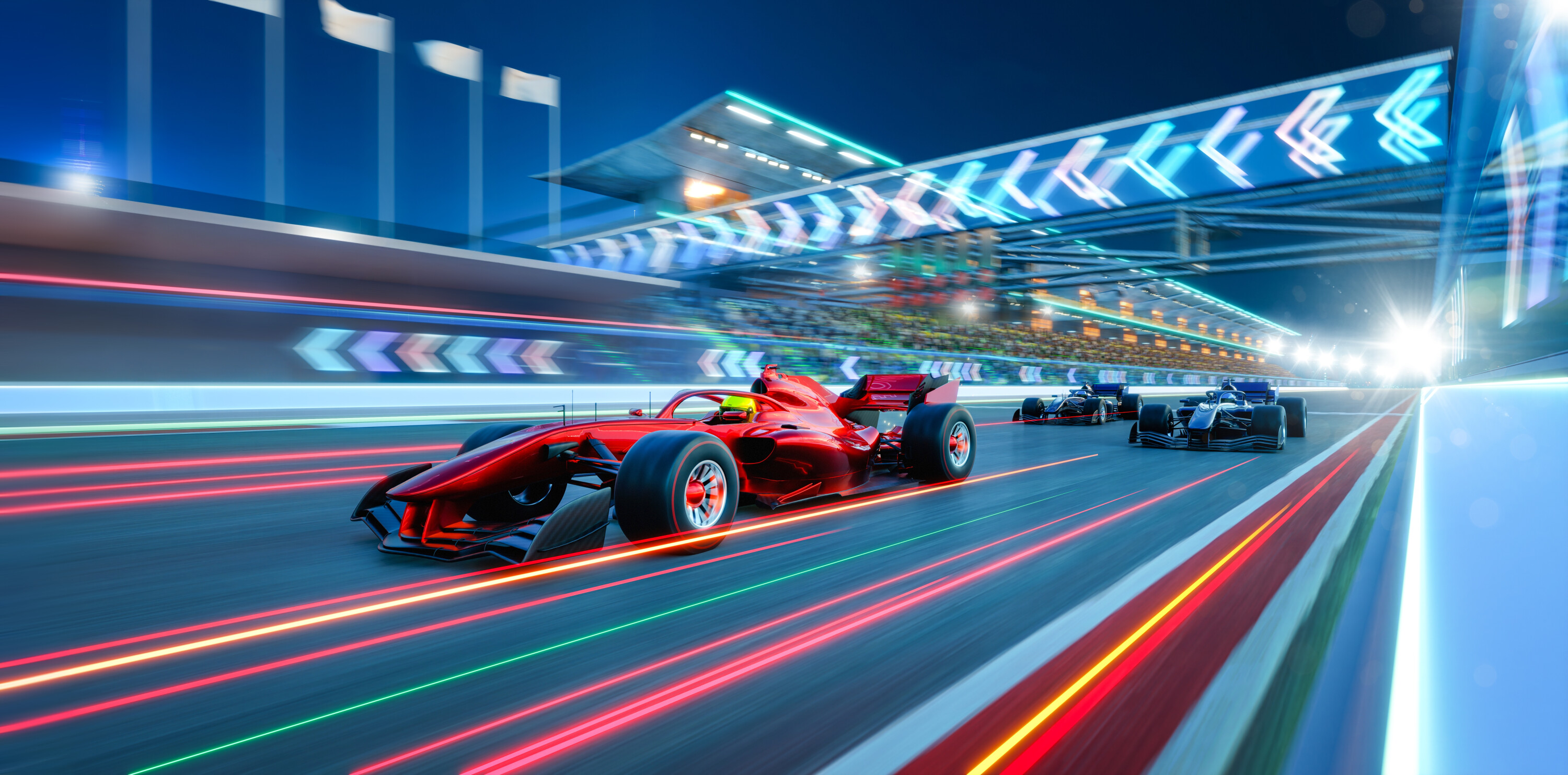After little consideration and much shallow thinking, I’ve decided I’ve cracked this whole ‘how to make a successful car company malarkey’.
The trick, you see, is to create a brand so strong that it transcends your product. Ferrari has this nailed. So do Lamborghini, Jaguar and Aston Martin.
How these cars drive is important, obviously, but the greatest vindication for most buyers will come from the fuzzy feeling of asking a doorman at a fancy hotel to “please bring up the Aston”.
Which brings me to Maserati.
Of all the brands on sale today, it’s rivalled only by Alfa Romeo for association with words like ‘passion’, ‘beauty’ and ‘luxury’.
Think Maserati and your mind will fill with slow-motion images of Fangio sliding a scarlet red 250F, of gleaming 3500s, and the eyecatching wedge of the Bora. The Maserati brand is cool, but the product? At least recently? Well…
I’ve only driven one Maserati – a black Gran Turismo MC – and it was something of a mixed bag. It felt old, rather than old-school, the cabin was let down by a mismatch of Chrysler parts, and the jerky single-clutch robotised auto tarnished the driving experience.
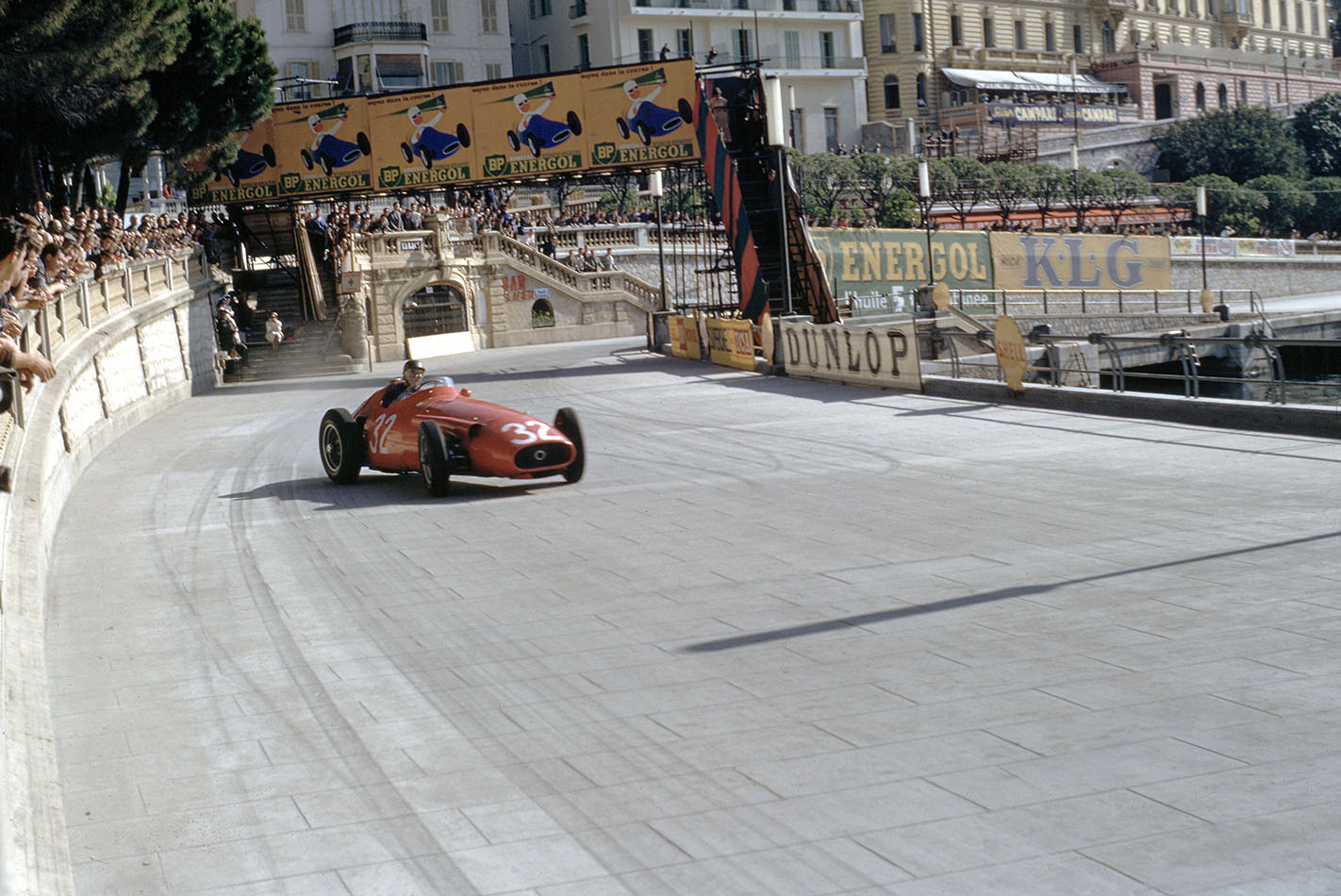
But my goodness, what a looker. And its V8 didn’t so much burble and bark as it did sing.
Honestly, the noise it made was so evocative and magical that it sounded like the V8 was running on equal parts honey and caramel.
Objectively I couldn’t make a case for buying the Gran Turismo MC over its rivals, yet subjectively, it had an appeal all of its own. Brand over product. Job done then.
Except actually, it isn’t.
The shockingly enormous flaw in my logic is that despite the strength of its brand name, Maserati’s fortunes haven’t been rosy for a while.
The brand might be as strong as ever, but I can’t remember the last time Maserati turned out a class-leading car. And as a result, not enough people have bought them. And that’s not good business.
Since the 70s, Maserati has been owned by Citroen, put into liquidation, resuscitated by the Italian government and Alejandro de Tomaso, partly bought by Chrysler, fully owned by de Tomaso, then sold to Fiat.
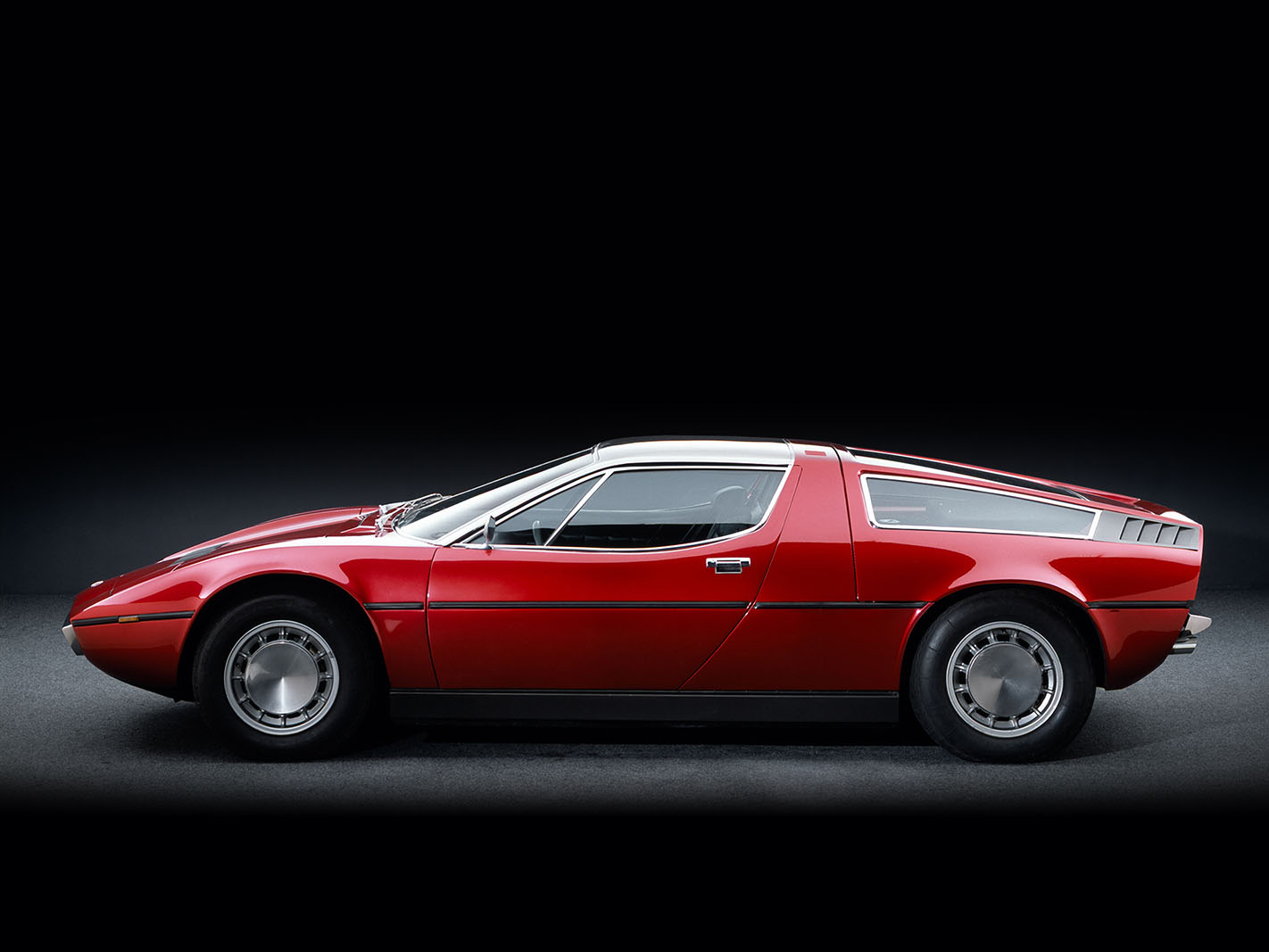
The tumultuousness doesn’t stop there. In 1997 it was taken over by the biggest brand of them all, Ferrari, but then, eight years later it was palmed off to Alfa Romeo. Now it’s on its own once again, but under Fiat ownership.
Each new owner has had a fresh vision (or seemingly no vision at all), so Maserati’s product hasn’t only progressed at a haphazard pace, but I’ve lost count of the number of false dawns and broken promises.
Anyone remember 2014’s pretty Alfieri concept? It’s been on again and off again so many times that I can’t help an eye roll whenever it’s mentioned.
Recently, however, the tone has changed. The usual platitudes and grand promises have been replaced with action. No longer under the wing of Alfa Romeo, Maserati has been quietly and steadily building the foundations to begin a new era. It has moved into a new factory in Modena and has released details of an all-new, Maserati-built (i.e no Ferrari input) twin-turbo V6 dubbed ‘Nettuno’.
The headline stats are impressive: 8000rpm and 463kW/730Nm. This all-new engine will power an all-new supercar, known as the MC20, and even more encouragingly, this car isn’t a concept. It has already been fully developed and built.
We’ll have full details of the MC20 following the official reveal tomorrow and trust us, the early signs are encouraging. Eye rolls? Not anymore. I’m excited.
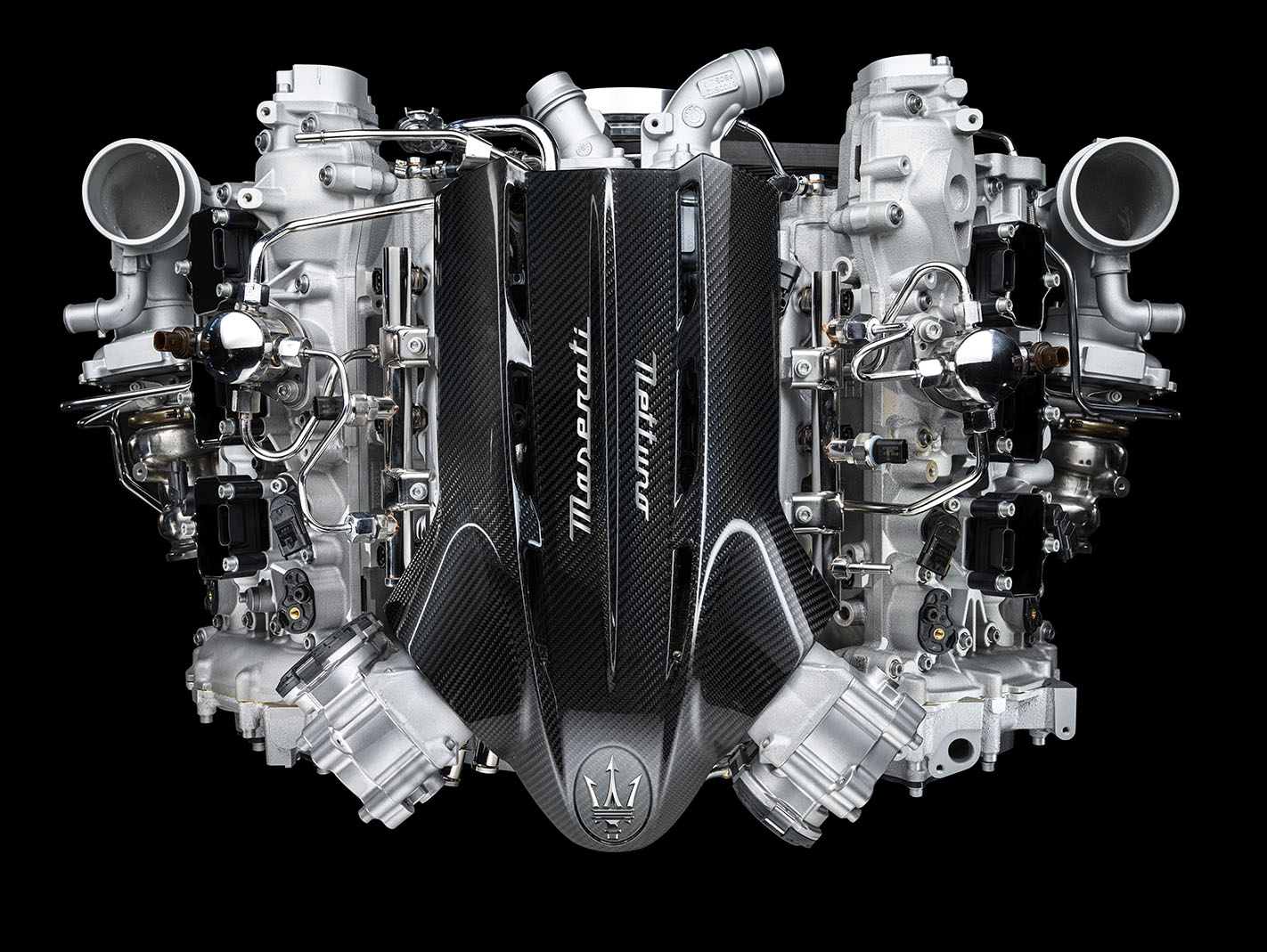
Maserati isn’t alone in being at a crossroads, of course. Aston Martin and Alfa Romeo are just two other brands with long legacies trying to reinvent themselves for their second century. Aston’s financials are especially grim, but as our fist taste of the pivotal DBX shows, strong product offers an ideal (re)launching pad.
So that kind of destroys my ‘brand over product’ logic. Brand recognition and perception might be invaluable, but in today’s cut-throat market, product is king.
Here’s hoping the MC20, and whatever follows it, delivers.



